This is part 3 of a 3-part series on Christ’s Descent Into Hell:
- Part 1 – Christ’s Descent Into Hell: A Background and New Testament References
- Part 2 – Christ’s Descent Into Hell in the Odes of Solomon
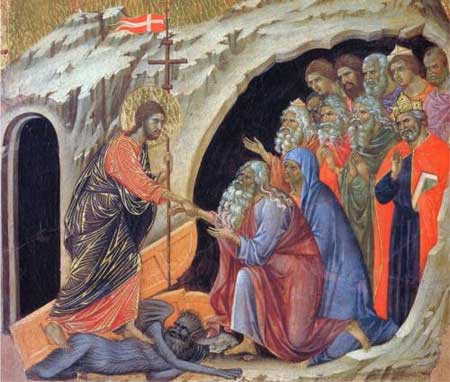
The Teachings of Silvanus (Sil) (CG VII,4) was unknown before the discovery of the Nag Hammadi Library. It is one of the only texts found in the NHL that is not primarily gnostic in origin, and may even contain some anti-gnostic polemic. The work is found in a Coptic translation, though it was originally written in Greek, and the papyrus is dated to 348 CE. Scholars date the composition of Sil anywhere from the second century to the second or third decade of the fourth century.
Descent Myths
Two descent myths are found within the Sil text:
Account “A”(103:28-104:14):
‘O soul, persistent one, in what ignorance you exist! For who is your guide into the darkness? How many likenesses did Christ take on because of you? Although he was God, he [was found] among men as a man. He descended to the Underworld. He released the children of death. They were in travail, as the scripture of God has said. And he sealed up the (very) heart of it (the Underworld). And he broke its (the Underworld’s) strong bows completely. And when all the powers had seen him, they fled so that he might bring you, wretched one, up from the Abyss, and might die for you as a ransom for your sin. He saved you from the strong hand of the Underworld.’Account “B” (110:14-111:4):
‘Know who Christ is, and acquire him as a friend, for this is the friend who is faithful. He is also God and Teacher. This one, being God, became man for your sake. It is this one who broke the iron bars of the Underworld and the bronze bolts. It is this one who attacked and cast down every haughty tyrant. It is he who loosened from himself the chains of which he had taken hold. He brought up the poor from the Abyss and the mourners from the Underworld. It is he who humbled the haughty powers’ he who put to shame haughtiness through humility; he who has cast down the strong and the boaster through weakness; he who in his contempt scorned that which is considered an honor so that humility for God’s sake might be highly exalted; (and) he who has put on humanity.’
Both accounts share several common themes:
- Christ’s Incarnation is connected with the Descent
- he battles the powers of the Underworld, and
- he delivers those who suffer in the Underworld.
However, each account emphasizes a different theme. In the first account (A) emphasis is on Christ’s ‘ransom’ of captives ‘from sin’ and the ‘saving’ of them. There is also emphasis on the travails of those suffering in the Underworld. The second account (B) focuses on Christ’s overpowering the Underworld by breaking the chains which bind him and his humiliating the arrogant.
Comparisons between Silvanus and Other Descent Accounts
Several comparisons can be made between the Sil accounts and various biblical and pseudepigraphical texts, most notable are the similarities in the Accounts to the framework of Ps 106(107):10-16 and the “bars” of Is 45:2. Other significant parallels can be drawn to Pauline statements referring to Christ’s likeness (103:32-33; Rom 8:3; Phil 2:5b-8) and his death as a ransom for sin (104:12-13; Mk 10:45; 1 Tim2:5-6; Titus 2:14; 1 Pet 1:18; Rev 5:9)
Silvanus as Gnostic?
Some scholars see the Descent not in terms of an actual Descent into the Underworld, but in terms of Christ’s Incarnation to the present world, which is referred to as Hades. Those who were in travail could be interpreted as those who were “dead in their ignorance with respect to God” not as those who were physically dead. Therefore, the view presented is a gnosticizing tendency in which Christ’s Incarnation descended to this present world, which has become ‘deceitful'(97:30), to battle its “world-rulers of darkness” and evil “powers” (117:13-19) but also to free its captives.
However, this view of the Descent as Christ’s Incarnation is quite different from later traditions of Gnostic Descents. The main reason not to consider Sil Gnostic is because it presents the Creator as the Good Father of Jesus Christ.
Conclusion
By the time the Teachings of Silvanus was written, the association between baptism and Christ’s ascent/descent from the New Testament and the Odes of Solomon is no longer present. Instead, it focuses on Christ storming the gates of Hades, and humbling the haughty powers, which may apply to Christ’s taking on many likenesses (103:32-33) e.g. Christ disguised himself so the Adversary wouldn’t recognize Him, and He would have the opportunity to surprise and overthrow him (cf. 96:21-25). Sil also shows a more developed tradition when it refers to Christ’s descent as ransom for sin, thus referencing terminology found in several of the NT books.
References
- Collins, J.J. (1998) The Apocalyptic Imagination: An Introduction to Jewish Apocalyptic Literature
- MacCulloch, J.A. (1930) The Harrowing of Hell: A Comparative Study of an Early Christian Doctrine
- Danielou, Jean. (1964) The Theology of Jewish Christianity
- Charlesworth, J.H. (1998) Critical Reflections on the Odes of Solomon
- Bauckham, R., (1998) The Fate of the Dead

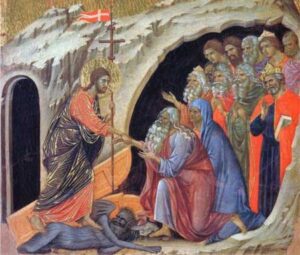
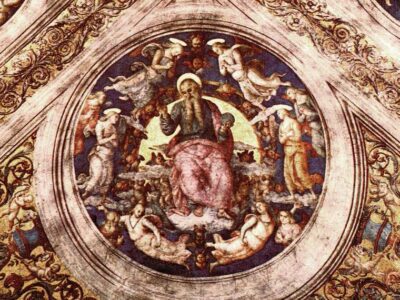
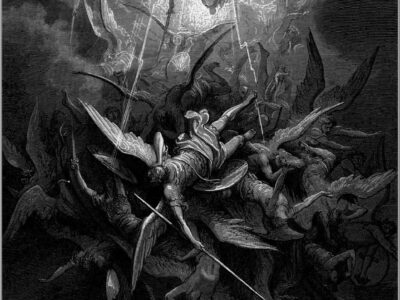
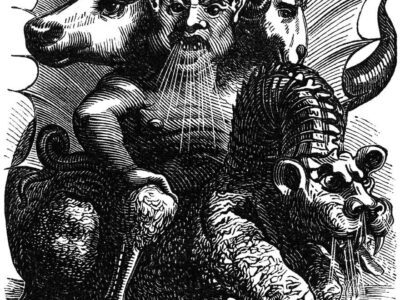
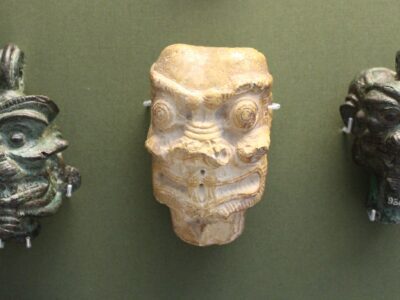
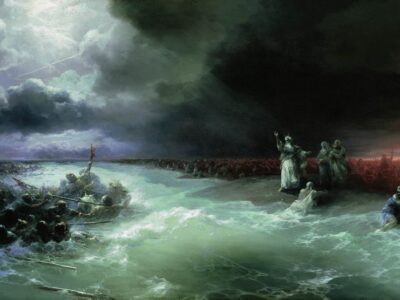
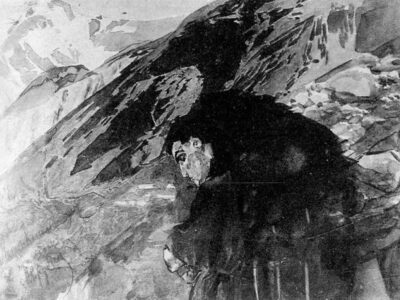
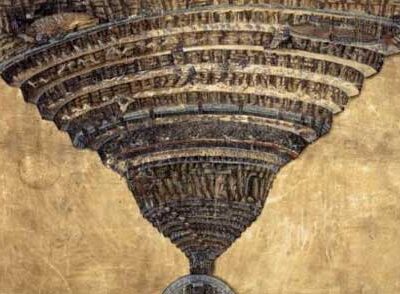
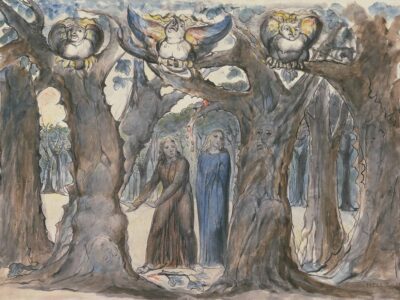
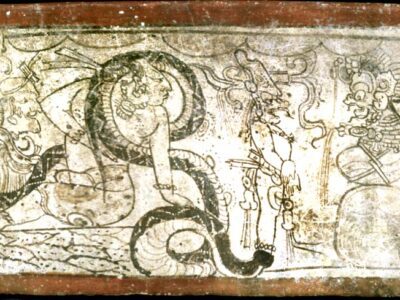
 Marax
Marax